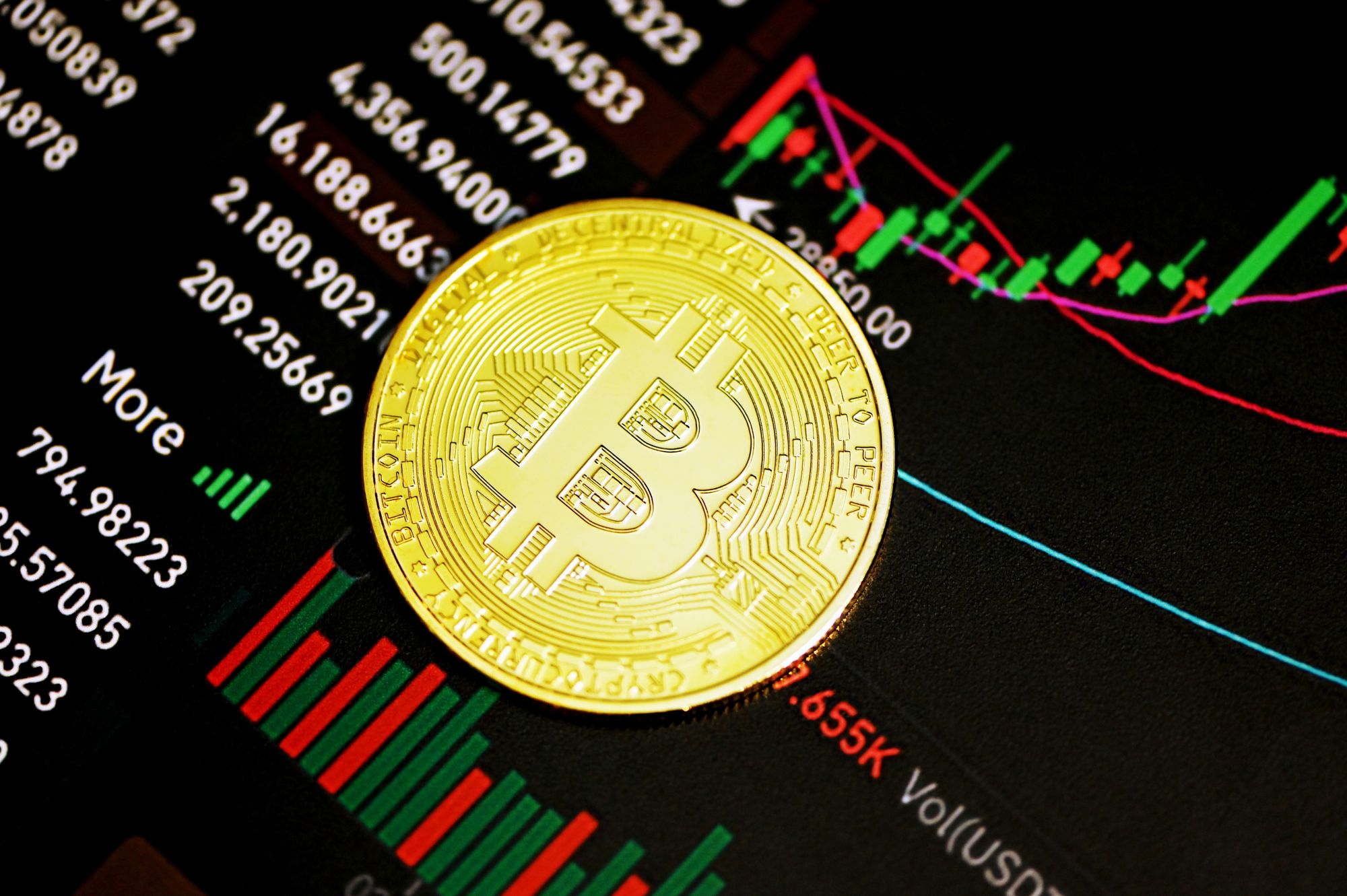Why is Bitcoin so Volatile?

Bitcoin has garnered substantial attention and sparked numerous debates through each of its bull and bear cycles. One of the most common criticisms against Bitcoin is its extreme volatility.
Detractors question how something with such price instability can function as a viable form of money. In this post, we aim to dive into this issue and shed light on the underlying dynamics of Bitcoin's volatility. By examining its supply schedule, historical performance, and risk-adjusted returns, we can better understand the role volatility plays in Bitcoin's adoption and the justification for its potential as the future of money.
The Perception of Stability:
In today’s society, money is often associated with stability. Fiat currencies, such as the USD, are typically seen as stable in the short term, despite inevitable long-term depreciation. However, stability should not be solely judged based on exchange rate fluctuations. Fundamental factors underlying different monetary systems must also be considered.
The popular meme "1 BTC = 1 BTC" encapsulates the essence of Bitcoin's fundamental value proposition. It serves as a stark reminder that Bitcoin's supply is not subject to arbitrary manipulations or inflationary pressures. Unlike traditional assets, where the supply schedules can be altered or expanded at will, Bitcoin's monetary supply remains fixed and immutable to changes in space and time.
Contrasting Monetary Supply Schedules:
The monetary supply schedule of fiat currencies, including the USD, exhibits sporadic growth patterns that can be exponential and highly volatile.
In stark contrast, Bitcoin's supply schedule is highly predictable, characterized by an exponential decrease in growth rate, leading to stability over time.
This predictable and controlled supply distribution forms the bedrock of Bitcoin's value proposition. No matter how much time, energy, and resources are invested in mining more Bitcoin there will never be more than 21,000,000 BTC and the supply schedule cannot change.
Explaining Bitcoin's Volatility:
Despite having a stable and predictable supply schedule, Bitcoin remains subject to extreme price volatility. In the short term this may appear like random noise, however in the long term this volatility can be primarily attributed to its rapid and exponential global adoption. Over the past 13 years, Bitcoin has consistently been the best-performing asset on Earth, experiencing dramatic price surges. However, it is essential to note that occasional significant price drops, such as 70%, often follow substantial previous increases over 1,500%.
NYDIG’s compiled table of historical quarterly returns for Bitcoin showcases the remarkable nature of its bull runs. Notable periods include 2013, 2017, and the 2020-2021 surge. During these times, Bitcoin outperformed all other asset classes by a significant margin. Investors experienced unparalleled growth and witnessed the true potential of Bitcoin as savings technology.
However, it is crucial to acknowledge that after each bull run, Bitcoin faced substantial price corrections. Examining specific instances, such as 2014, 2018, and 2022, we observe significant declines of 56.1%, 73.0%, and 63.9%, respectively. These periods were undoubtedly challenging for Bitcoin holders, as prices retraced from their previous all-time highs.
Despite the sharp declines experienced during bear markets, it is essential to consider Bitcoin's growth trajectory from its previous bear market low. Surprisingly, even after each dramatic fall, Bitcoin's value remained multiple times higher than its previous bear market low. This phenomenon highlights the underlying strength and resilience of Bitcoin as an asset class, with potential for substantial returns over the long term.
Evaluating Risk-Adjusted Returns:
To assess the relationship between volatility and returns, the finance world relies on metrics like the Sharpe ratio, which measures risk-adjusted returns. When considering a 4-year investment duration, Bitcoin has historically exhibited one of the highest Sharpe ratios among all global asset classes.
This indicates that Bitcoin's returns have justified its extreme volatility, offering investors a favorable risk-reward tradeoff.
The Role of Volatility in Bitcoin Adoption:
Volatility has played a pivotal role in driving Bitcoin's adoption. Bull markets, characterized by extreme price surges, capture widespread attention and draw the interest of investors, speculators, academics, and the general public. These periods stimulate curiosity and incentivize individuals to learn more about Bitcoin.
Conversely, bear markets, marked by significant price declines, eliminate overleveraged holders, those lacking conviction, and weak miners. Such market corrections create opportunities for new entrants to achieve substantial returns during subsequent bull markets.
Bitcoin's extreme volatility has been a subject of scrutiny and skepticism. However, by examining the fundamentals and historical performance, we can discern a deeper understanding of its value proposition. Bitcoin's stable and predictable supply schedule, coupled with its risk-adjusted returns, offers a compelling justification for its volatility. Moreover, volatility has played a critical role in fueling Bitcoin's global adoption, attracting both keen interest and fostering market resilience. As Bitcoin continues to mature, its potential to redefine money remains undeniable, making it a captivating asset for investors and a transformative force in the financial landscape.
